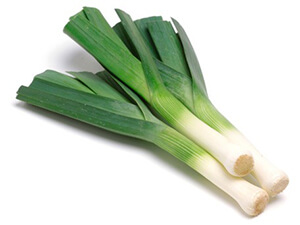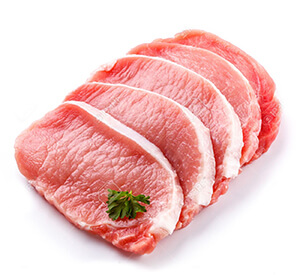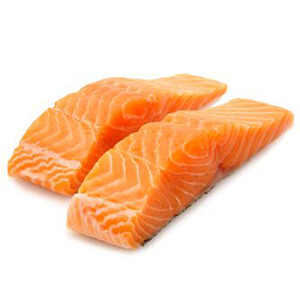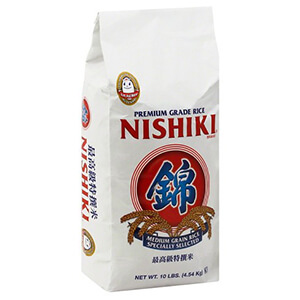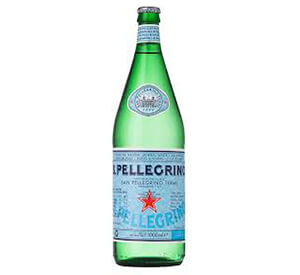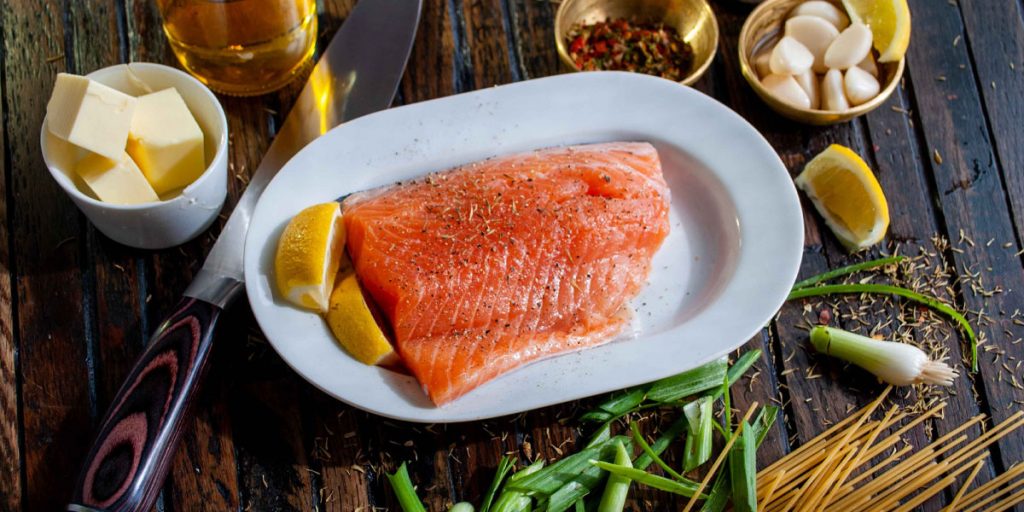Running a successful restaurant is contingent on not only culinary flair but also on
financial acumen. One of the most intimidating challenges many restaurants face today is
the relentless rise in food costs, an issue exacerbated by industry-wide waste and
inflation. According to the National Restaurant Association, a staggering 97% of
restaurant owners and managers are grappling with higher food costs, making it
important to adopt savvy strategies to rein in expenses without having to compromise on
quality or customer satisfaction.
Menu Engineering for Profitability
One of the main outlets to control food costs lies in how a menu is engineered. This
involves a meticulous analysis of your current menu to identify the high-cost, low-margin
menu items. By revamping or replacing these items with more cost-effective alternatives
that still resonate with your customer-base, you can significantly impact your profit
margins while not hurting your wallet from costly expenses.
Supplier Negotiations & Bulk Purchasing
Building strong relationships with suppliers is another cornerstone of cost control.
Negotiate bulk purchasing discounts or seasonal deals with wholesale food vendors to
secure better pricing on essential ingredients. Consider exploring group purchasing
organizations to leverage collective buying power, ensuring competitive rates while
maintaining quality.
Streamlined Inventory Management
Efficient inventory management is also important to minimizing waste and optimizing
ingredient usage. Implementing inventory tracking systems and conducting regular audits
allow you to track usage patterns, identify trends, and adjust ordering quantities
accordingly based on the data collected. Embracing technology solutions such as
inventory management software streamlines these processes, providing fruitful insights
for informed decision-making.
Portion Control & Menu Diversification
Standardizing portion sizes not only prevents over-serving but also reduces food waste.
Additionally, diversifying your menu with versatile ingredients that can be used across
multiple dishes promotes menu flexibility and cost-effective ingredient utilization. By
standardizing portion sizes, you can accurately predict ingredient usage and minimize
excess inventory.
Diversification reduces reliance on costly or seasonal ingredients. By offering a mix of
dishes that utilize different ingredients, you can mitigate the impact of price fluctuations
and ensure menu stability throughout the year. This strategic approach to menu planning
enhances cost-effectiveness and reduces the risk of ingredient shortages or price spikes.
Staff Training & Empowerment
Empowering your kitchen staff with proper training on food handling techniques, portion
control, and waste reduction strategies is instrumental in cost control. Educate them on
the importance of minimizing waste and encourage a culture of responsibility and
efficiency in food preparation.
Utilize Technology for Efficiency
Leverage technology solutions such as automated ordering systems, inventory
management software, and data analytics to streamline your operations. Digital menus
can also facilitate menu adjustments and pricing strategies in real-time, optimizing
profitability.
Sustainable Practices
Embracing sustainable practices not only reduces environmental impact but also
contributes to cost savings. Repurpose leftovers creatively, donate excess food to
charities, and explore local sourcing options for freshness and rich quality.
By navigating the many challenges of rising food costs, it requires a strategic and holistic
approach. Incorporating menu engineering, supplier negotiations, streamlined inventory
management, portion control, staff empowerment, technology integration, and
sustainable practices, restaurants can effectively cut food costs while enhancing both
profitability and sustainability. Adopting these strategies positions your restaurant for
long-term success in a heavily competitive industry.




